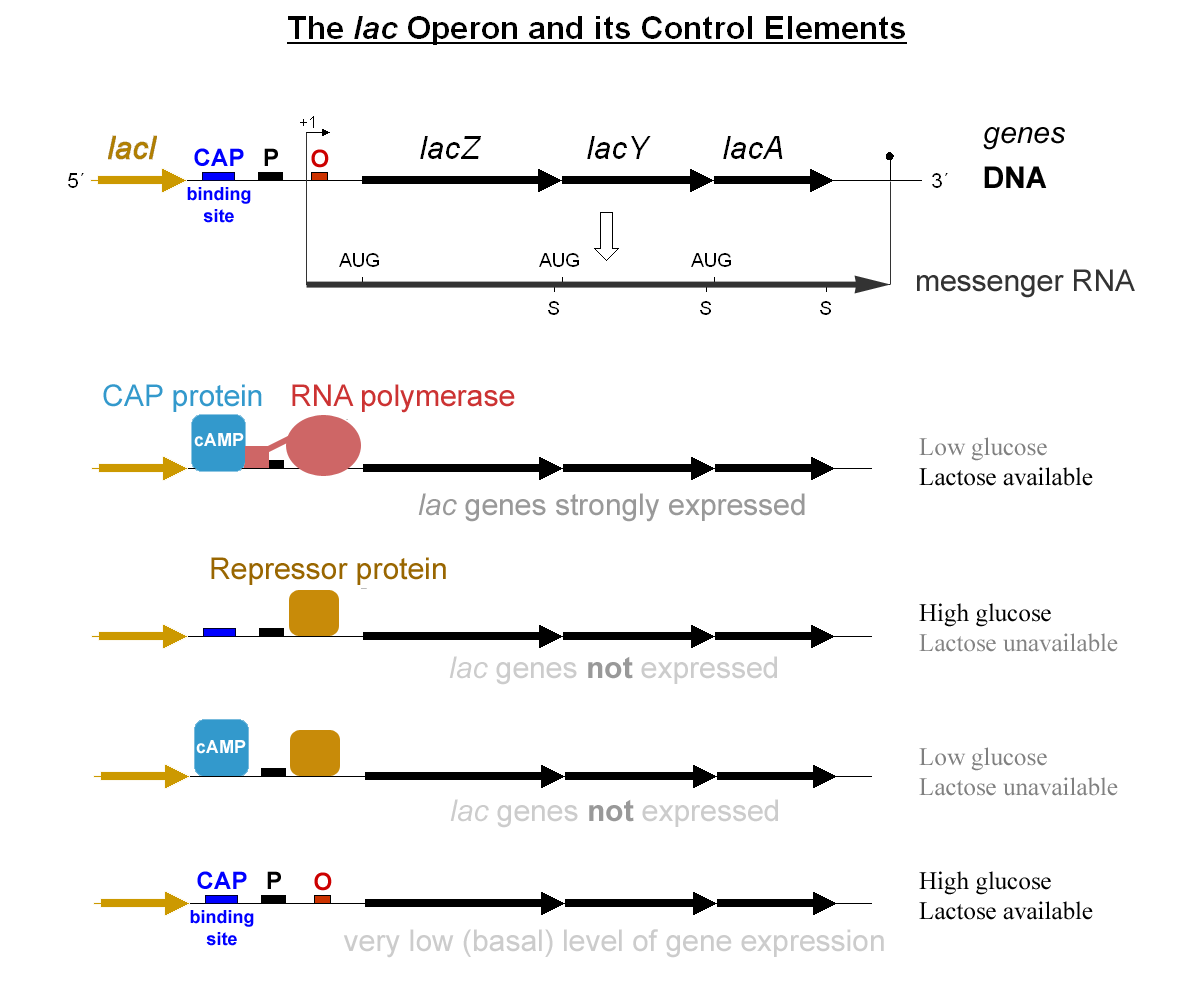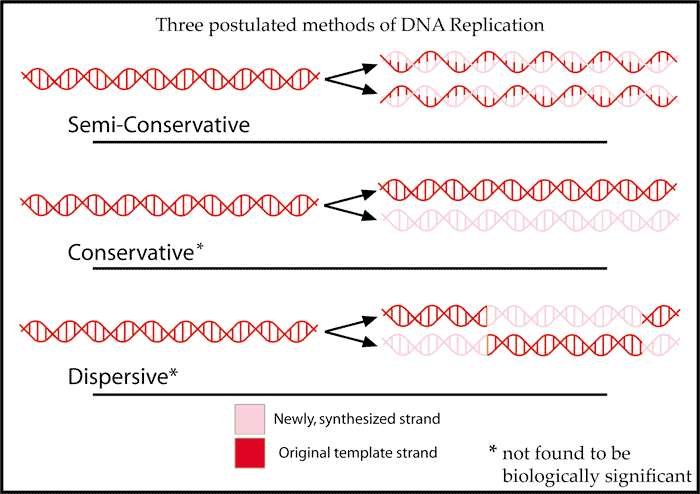In this lab, we asked the question, "How can DNA be separated from cheek cells in order to study it?" We found that DNA can be separated from cheek cells by adding Gatorade, salt, detergent, pineapple juice, and isopropanol alcohol, in that order. This process is a legitimate way to extract DNA because after we completed this procedure, we were all able to see at least some bits of DNA in our test tubes. We also noticed clumps in our mixtures throughout the process, and those clumps turned out to be pieces of DNA. Each step of our procedure stems from scientific research. DNA is usually extracted through a three-step process including
homogenization,
lysis,
and
precipitation. Gatorade was added because it is a
polar liquid, able to homogenize cells. Salt was added so that the DNA would move closer to itself, and detergent was added to break down the cell membranes. Pineapple juice contains
catabolic proteases,
enzymes that break down molecules. It was added to break down
histones, which are proteins that DNA wraps around.
Isopropanol alcohol is
nonpolar; we layered it on top of the mixture so that the DNA would become visible as a precipitate. Our data supports our claim because if we were able to see DNA after following our procedure, then we must have extracted DNA through the procedure. The scientific ideas support our claim because each step of our procedure is supported by scientific evidence, and the end results of both are extracted DNA.
 |
| My DNA falls out as a precipitate during the last step of our process. |
While our hypothesis was supported by our data, there could have been errors due to how the cheek cells were gathered. In order to gather cheek cells, we chewed at our cheeks and spit into cups. However, we were unsure how long or how much to chew at our cheeks, so we may have not chewed enough. This would explain why some people only had small pieces of DNA in their test tubes. Also, instead of mixing the cheek cells, Gatorade, salt, detergent, and pineapple juice together in a test tube, we mixed them in cups instead. This did not impact our result a lot, but it made the lab a little messier, and we were worried that the cups might start to leak. Due to these errors, in future experiments I would recommend gathering cheek cells by scratching the inside of your cheeks using a toothpick. I would also recommend telling students a few hints on the procedure if they get stuck.
This lab was done to demonstrate how to extract DNA. During this lab, we learned the three basic steps to extract DNA, and the ingredients that could be used for each of these steps. From this lab, I learned about the structure of cells and which enzymes are able to break down those structures, which helps me understand the concept of where DNA is stored in a cell and how important it is. Based on my experience from this lab, I could extract DNA from nearly anything, which would be useful if I wanted to become a geneticist. I could also compare different DNA to see if I could find any similarities or differences. Also, if I had a microscope, I could use it to look at DNA and learn more about what it looks like. I also know more vocab words due to this experiment, which will help me later in science classes.





